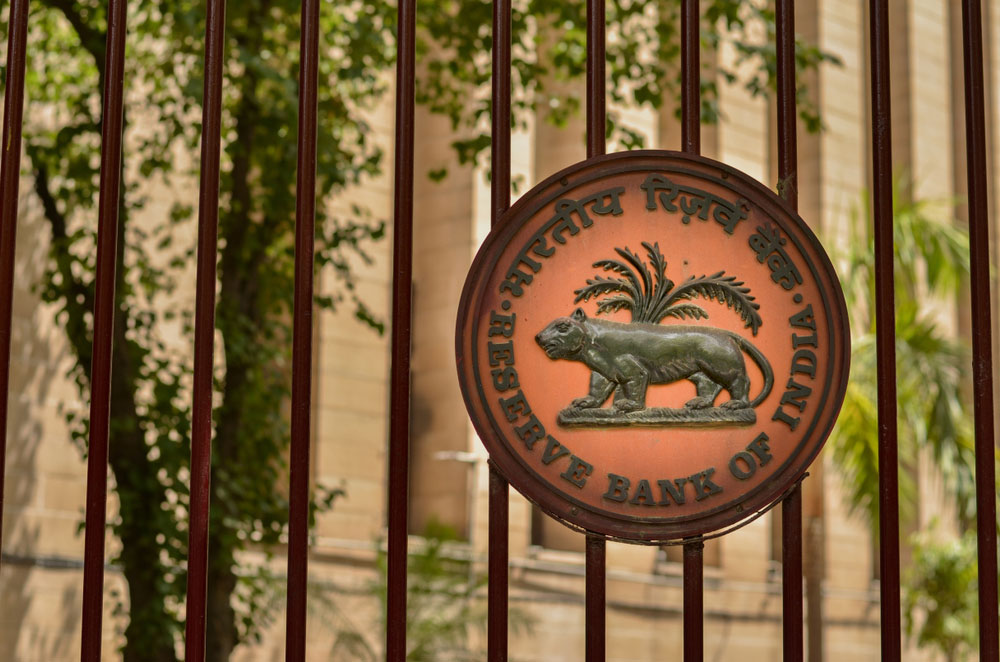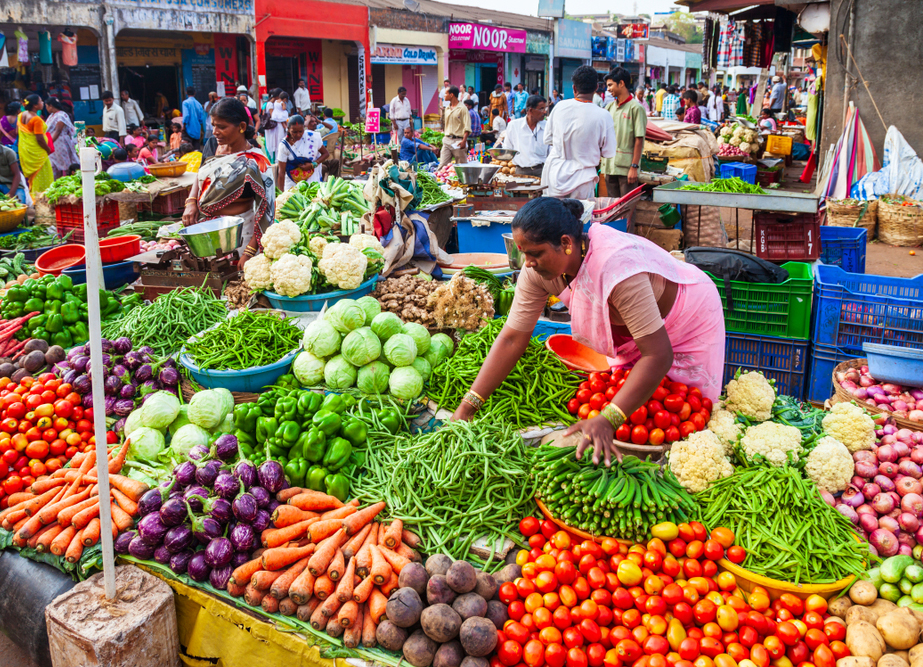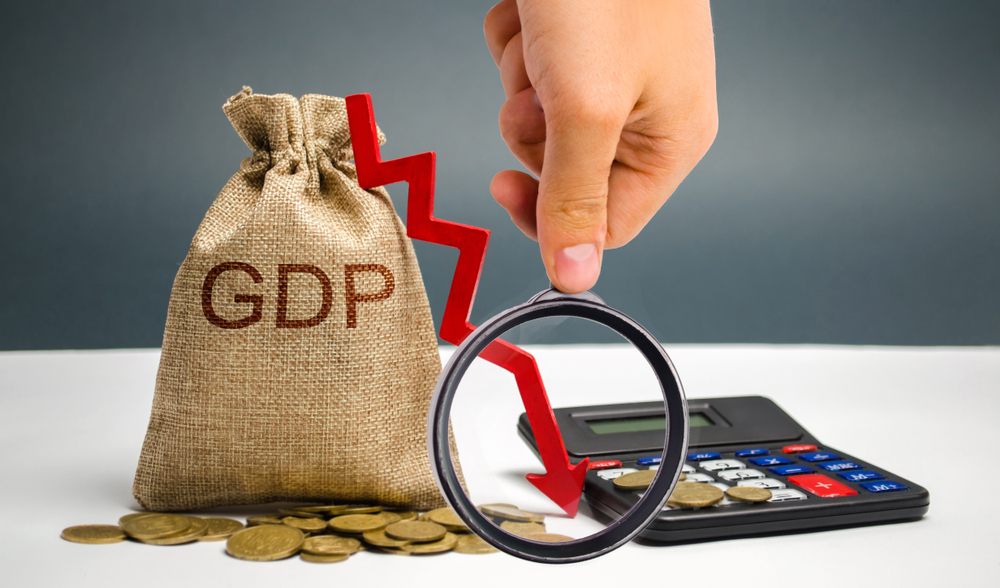Goodbye interest rate cuts. The leap in headline consumer price inflation to its highest level in nearly six years means the interest-rate cutting cycle is over and that the next interest rate move will be up, say analysts.
While good news for savers, this is the latest piece of bad news for Prime Minister Narendra Modi’s government under whose watch the economy’s been tanking. For finance minister Nirmala Sitharaman, the adverse inflation climate only makes her job of preparing her “pro-people, pro-growth” budget, due to be presented February 1, even tougher.
The government has been pushing for rates to come down further, even though the monetary easing medicine hasn’t had an effect. Financial institutions have been slow to pass on the rate cuts and in any event, businesses are more inclined to hang on to their money and repair balance sheets than make investments when demand’s sluggish. (The extent of how sluggish demand is was highlighted when India’s flagship auto industry reported car sales dropped a record 19 per cent year-on-year in 2019).
Despite a string of cuts in this rate-cutting cycle which began in February last year, economic growth has kept falling with second-quarter growth hitting 4.5 per cent, its lowest in six years. The government now projects Indian economy will expand in the full-fiscal year by 5 per cent, down from 6.8 per cent which would be the lowest pace in 11 years. But privately economists say the growth figure could well be lower with Fitch Ratings, for instance, pegging it at 4.6 per cent, citing “weakening business and consumer confidence.”
Now, throwing a further spanner into the works is accelerating inflation. India looks to be in the embrace of that toxic mix known as stagflation — defined as slow economic growth, increasing unemployment and rising prices. Traditionally, when an economy is in the doldrums, the remedy is cutting rates. Now, though, it’s virtually certain that the Reserve Bank of India will keep its benchmark policy rates unchanged when it meets next in early February. And inflation could also mean that rate hikes will come earlier than expected.
“The jump in headline CPI (consumer price inflation) to its highest since 2014 almost guarantees that the RBI will leave policy rates on hold at its next meeting in early February. And with core inflation likely to rise over the coming quarters... policy rates will be hiked much sooner than most are expecting,” say Mark Williams, Capital Economics chief Asia economist.
Williams said that the available data for January show that food inflation has yet to ease and, “If we are right in forecasting a rise in global oil prices this year, fuel inflation looks set to rise further as well.”

Heading the list of vegetable-inflation drivers are onions (which traditionally make Indian governments weep) Shutterstock
So why does the interest rate-easing party seem to be over? Let’s remember first of all that the central bank’s target for headline inflation is 4 per cent and inflation has only been heading northward of that figure. CPI inflation jumped from 5.5 per cent year-on-year in November to 7.4 per cent year-on-year in December — a staggering 181 basis-point jump. That is the biggest rise since July 2014.
The rise was broad based but mainly driven by food inflation — specifically vegetables which are up a staggering 60.5 per cent year-on year. And heading the list of vegetable-inflation drivers are onions (which traditionally make Indian governments weep). The headline figure is the highest it’s been since July 2014. By the way, this upward move was far bigger than expected by the financial markets which expected the December rate to be around 6.7 per cent. There’s also been shocks from the rise in oil prices.
Core inflation, which excludes the volatile movements of food and fuel, is looking more stable, edging up to 3.75 per cent even after mobile phone companies substantially raised subscriber costs and railway fares rose. But economists believe core inflation will also creep higher to around 4 per cent.
“We expect the central bank to switch to tightening mode much sooner than is generally expected. We are forecasting modest rate hikes in 2021 with the first move possible before,” says Capital Markets’ Williams.
Economists figure it’s already a given that the financially strapped government will have to burst its fiscal deficit target in the budget. Adding to the government’s woes on this score are the lower-than-forecast revenue collections. It all means that the government will likely have to leave out any feel-good, economy-boosting income tax cuts.
“The upcoming budget in February would be closely watched for fiscal stance and sector-specific actions. Even so, our estimates suggest inflation will likely remain above 6.5 per cent in the fourth quarter of 2020 and could constrain a rate cut in February,” financial services firm Edelweiss says.
HDFC Bank Chief Economist Abheek Barua says the government needs to put more attention on the agricultural sector as higher food prices have a big driver of the higher inflation via better food stock management to avoid shortages. But there’s a big unknown with the rabi crop. Economists also say that the 45 per cent weightage of food prices in the consumer consumption basket may be unrealistic and needs to be reassessed.
What’s ahead for prices? Well, economists expect inflation to stay high in January as well but say it could retreat in the second and third quarters to 4.7 per cent or a little lower, and then head sharply south to possibly 2-2.5 per cent in the fourth quarter.
And if all this bad economic news wasn’t enough, the slow growth is now having a “visible impact” on job creation, notes the State Bank of India. In fiscal year 2019, India created 89.7 lakh new jobs. “In fiscal 20, as per currently projected, this number could be at least 15.8 lakh lower, the SBI said on January 13.
The Confederation of Indian Industry in its pre-budget recommendations to the government says, “All engines of growth are showing sluggishness – consumption, investments and exports, placing the burden of kickstarting the economy on government expenditure.” The CII adds that, “a flexible, yet prudent fiscal policy is the need of the hour.” That’s a tall order under the circumstances, especially as the government has its plate full on the political front, struggling to control the after-effects of passage of the Citizenship Act.












